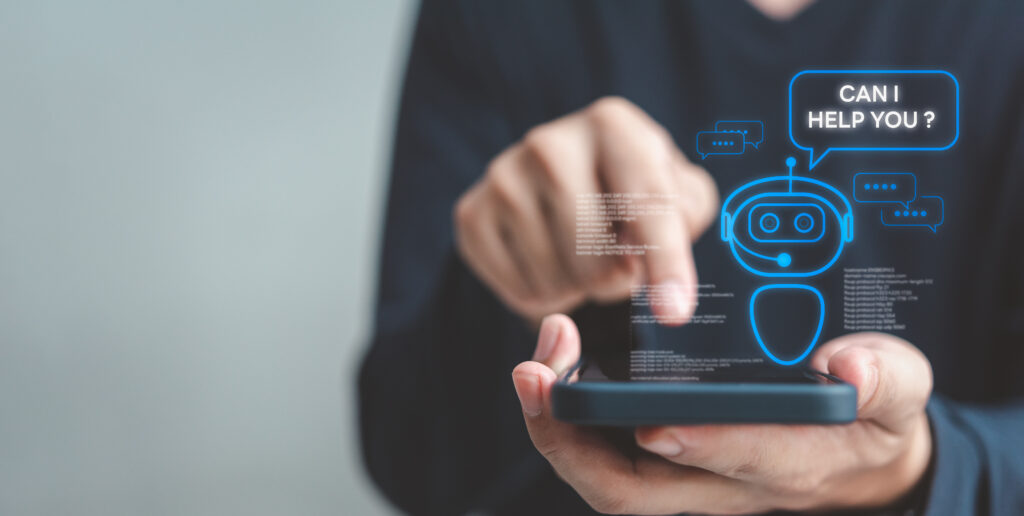The use of AI has become more and more prevalent in the past few years. Plenty of free tools are popping up everywhere, making generating content easy and accessible. Unfortunately, the ethics surrounding using AI-generated content are murky at best. So, let’s talk about the do’s and don’ts of AI, at least in school and professional environments.
Do’s of AI Use
Personally, I don’t think using a little AI every now and then is a bad thing as long as you’re using it for good to spark your own work and make it better. Using AI to avoid doing the work altogether is where things start feeling unethical.
Inspiration
The biggest, and what I consider “best,” reason to use AI tools is for inspiration. For example, using it to generate new topic ideas for an open-ended essay. That is a very good use of AI! You may or may not use the ideas generated by the AI, but just seeing them could inspire you to come up with an even better idea on your own.
Using AI to brainstorm is a great way of coming up with something new and getting your creative juices flowing. You can also use AI to overcome writer’s block! Not by having the AI write everything for you, but by having it come up with new writing prompts. Sometimes, all you need to work through a block is to focus on something new and unrelated for a bit. A randomly generated writing exercise is the perfect solution.
Refining Language
Rather than cracking open a thesaurus when you want to use more sophisticated language, asking AI to rewrite a sentence or two is pretty harmless. It’s easier than replacing specific, singular words and making something fit into a sentence where it just feels off. Plus, over time, as you manually edit your work with new words, you’ll also learn to naturally incorporate them on your own without AI’s help.
Don’ts of AI Use
There are (unfortunately) tons of ways to misuse AI. Some uses of AI can even skirt into unethical territory with stolen content scraped without permission, influencing a soulless mess.
Images
I’ll be the first to admit that a little AI touchup to edit a photo can be great. But making small edits using AI versus creating an entire piece of art is something else entirely. Generally speaking, AI-generated images are just a big no-no.
Unless you’re using a very sophisticated AI, images created by generative software have an eeriness to them. Images of humans especially have an uncanny valley effect to them. If they aren’t downright something out of an unholy nightmare.
Sources of Information
If you know anything about AI tools, I hope you also know how prone they are to giving false information—even when you tell them not to!
If you do happen to get any information from AI, at least make sure you’re verifying that information. Even if you think something is correct, it doesn’t hurt to double-check. Tools like ChatGPT are especially good at serving up sources and information that sound like they should be right, only for it to be totally fabricated.
Final Results
If you ignore everything else I’ve said here about the do’s and don’ts of AI, at least remember this: if you’re going to use AI to create something, at the very least, make sure you edit it thoroughly.
AI tools may be getting more advanced, but there are still a lot of ways the content they generate is awkward and off-putting when looked at closely. The bare minimum should always be to polish up AI-generated content so that it feels somewhat human and like your own work.
Be Careful

AI can be an incredibly helpful and powerful tool to help you with almost anything you’re working on. I think there’s nothing wrong with using generative text AI to get some help if you’re stuck on a particularly tricky paper or trying to find a new word to spice up a certain sentence.
My rule of thumb regarding the do’s and don’ts of AI is that anything generated by a machine should be heavily scrutinized. Just because you can pop out a 20-page term paper in 60 seconds flat doesn’t mean you should. Both because that’s, y’know, usually cheating and because the quality of your results isn’t going to be great.
You can absolutely use AI to help you out and improve the quality of your work, but it should still be your work. AI should not be a messy amalgam of scraped-together bits from the internet that may or may not include blatantly false information. Using AI lazily without any sort of quality check is going to come back to bite you in a bad, bad way eventually.
If you’re looking for some tips on writing to help you avoid falling into the temptation of AI, check out some of our other articles on writing college admission essays and resumes!
What are your thoughts on the use of AI tools like ChatGPT?




